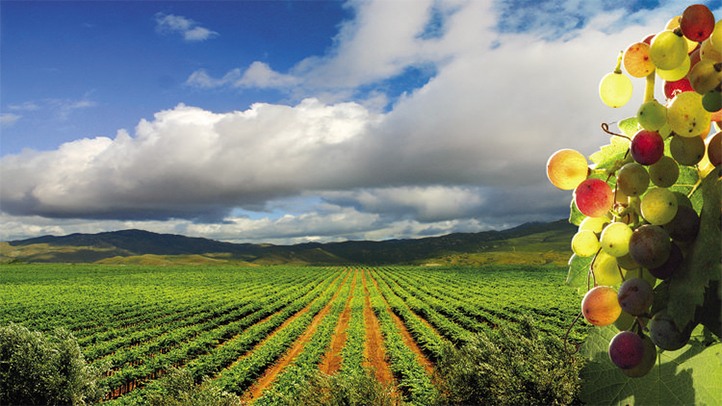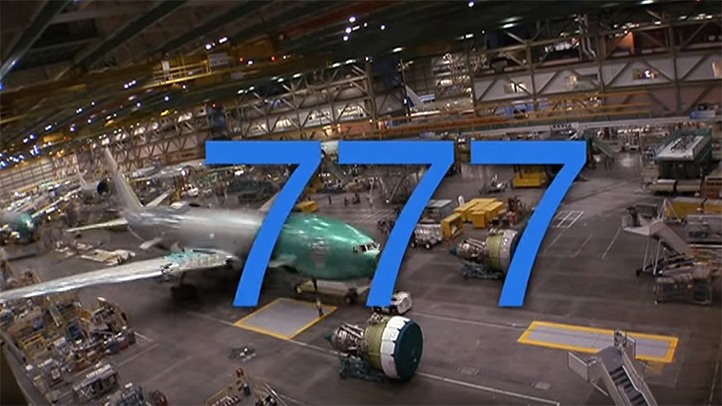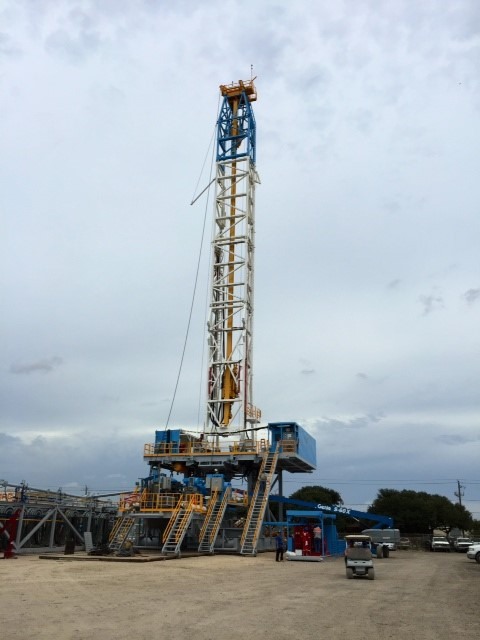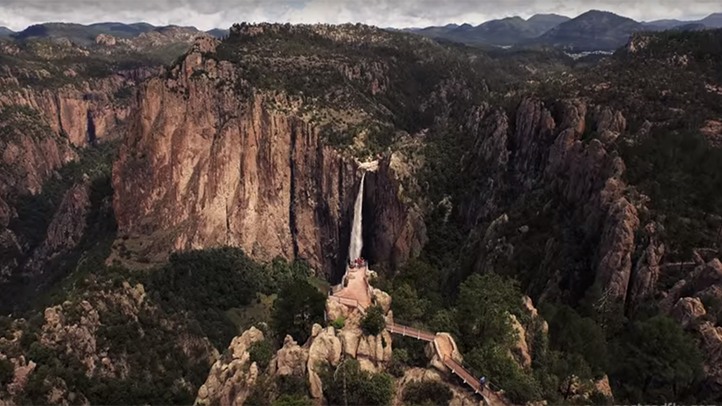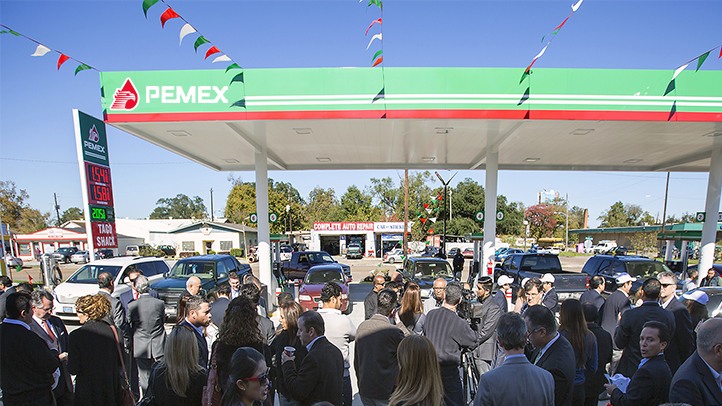PIMSA and our entire team would like to thank WDF President, Cesar Ponce, for his effort and time in our Think Tank as part of our Industrial Intelligence Initiative; building a bridge to improve our industrial community.
Cesar is one of our best and brightest.
Please accept this present as a token of our appreciation.
Gracias Cesar, boundless capacity!
2016: VISION WITH STRENGTH!
This morning had an early meeting with members of our Industrial Intelligence Think Tank Group with ZGlobal Energy’s Ramon Gonzalez, a young executive of this Solar Energy Company.
Liked his phrase “longevity is the key”, I relate this to PIMSA’s “VISION WITH STRENGTH” as this coming 2016 turns 50 years of servicing manufacturers from all over the Globe.
PIMSA, means with passion and vision to continue in 2016 to complement our present Tenants with their continuous expansions and to guide World Manufacturers into a Soft Landing Process of establishing their operations here, with a solid and ethical Industrial Park.
Yes we could cut corners in setting up manufacturing facilities, but it is our experience of more than 49 years that a successful and profitable operation is a result of meeting those intangibles and Mexico’s procedures, staying away from a “no problem” approach or under table practices.
Longevity means success, we have done well in past years with our Tenants, of course there is always room for improvement and 2016 will be a good year, a year to expand and why not to reinvent in some areas.
For those seeking good production, competitive cost and young aggressive people, PIMSA has the experience and longevity!

From the desk,
Xavier Rivas
VP Business Development
PDF
Tradition and climate usually dictate what grows where in the wine world. Napa is Cabernet country because the climate, by and large, is amenable to ripening the grapes. The same can be said for Nebbiolo in Piemonte, Chardonnay in Chablis, Syrah in Hermitage.
Winemakers in this emergent wine region seem game to try almost anything, whether oddball varieties or anomalous blends. While this makes the region’s identity somewhat fluid, it also makes Baja one of the more unpredictable wine regions in the Western Hemisphere.
Mexico is home to the oldest winemaking traditions in North America. Hernando Cortes, the Spanish conquistador, was said to have requested grapevines from his mother country as early as 1521. Grapes were established in 1707 on the Baja peninsula, whose similarity to the Mediterranean was recognized early, with the Pacific helping to modulate intense desert conditions.
By the mid-1970s the country’s largest producers, L.A. Cetto and Casa Pedro Domecq, had extensive operations to produce cheap, commercial wines, primarily in the Guadalupe Valley northeast of Ensenada, an ancient seabed lined by low-slung mountains. With the aid of irrigation, the valley’s arid climate and mostly boundless sunshine have made it an agricultural engine not just for wine but for the produce that supplies raw material for Baja Med cuisine — the farm-and-sea-to-table efforts of Javier Plascencia and Miguel Angel Guerrero, to name just two of the chefs who have reinvigorated the Baja dining scene.
An influx of winemaking talent has gone hand in hand with the region’s culinary adventures, helped by the outreach efforts of Hugo d’Acosta, a French-trained wine grower who in 2004 established a hands-on wine school known as La Escuelita in El Porvenir. To date, more than 300 students have passed through its working cellars, and many have gone on to found or to work at wineries in the area. In 20 years, the number of wineries in the Guadalupe Valley has gone from a handful to more than 80.
Elsewhere, all bets are off. Where else do you find Cabernet blended with Nebbiolo or Grenache? Or Sauvignon Blanc and Chardonnay inhabiting the same bottle, to say nothing of Viognier, from the northern Rhône, and Fiano from southern Italy? How is Nebbiolo so weirdly plush and vibrant in Baja, for example, when it’s so grippy and lean in Piemonte?
“It has a richness here that it doesn’t achieve in Italy,” said Paolo Paolini, a Tuscan expat who founded the Villa Montefiore winery in the Guadalupe Valley and has imported a dozen Italian varieties. “You get full ripeness here, where in Italy, that’s sometimes difficult. The skins get darker and take on more anthocyans” — the stuff in a red grape that lends flavor, color and intensity.
The other great issue for the region is perhaps more existential. With no appellation laws and no holds barred on experimentation, to date no one wine style has emerged to help clarify a regional identity. But Magoni, who has worked 50 harvests there and is still planting experimental plots, seems content not to rush into anything.
“We’re still so young,” said Magoni. “We still don’t know. With some varieties, it will be years before we see their true potential.”
Source: LA Times
December 2015
Congratulations to Grupo Prodensa, for 30 years of Guiding International Manufacturers in Mexico.
We in PIMSA remember the beginnings, today Prodensa is a successful and most professional provider of Support Services for Manufacturers in Mexico.
This bottle of Baja California wine will be an opportunity to toast for your Prodensa’s continue success.
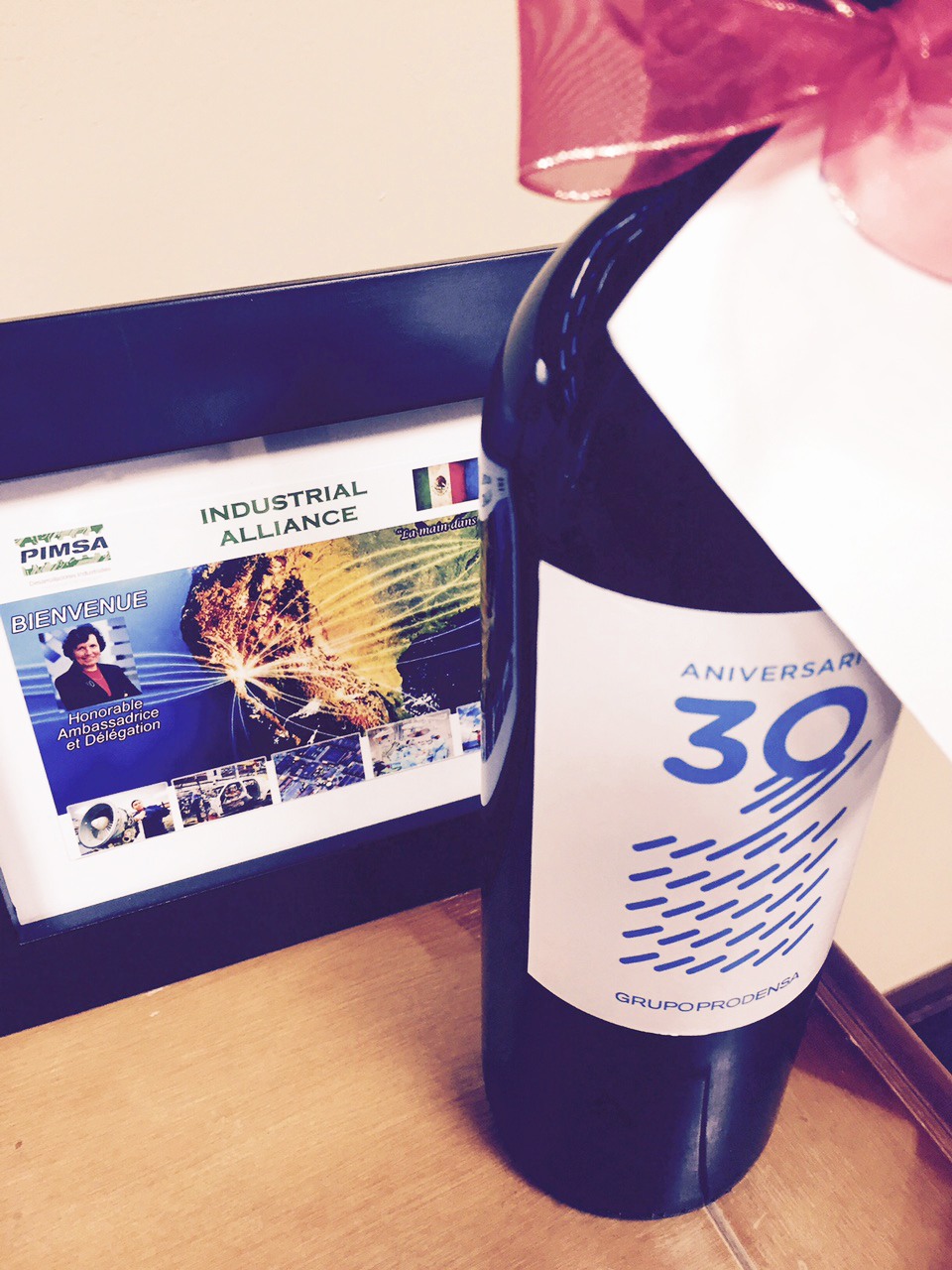
Special thanks to Marco Kuljacha and team.
Salud!
For all of the aviation lovers out there, we share the following video of the making of the Boeing 777-300ER.
The state-of-the-art aircraft, is longer, quieter and more fuel efficient than its predecessors and showcases the future face of British Airways.
It features an all-new interior including new World Traveller and new World Traveller Plus cabins and a new in-flight entertainment system.
It will feature more than 230 TV programmes, 70 films and 400 CDs, plug and play technology, as well as 60 per cent bigger high-resolution screens.
The 297 seat aircraft will offer a four class configuration including First, Club World, World Traveller Plus and World Traveller.
Enjoy!
Source: British Airways
December of 2015
Mexico City
Mexico Air Force
In photo, Captain Marco Antonio Carreon, Head of MRO operations for FAM (Mexico Air Force), with Cesar Ponce and Xavier Rivas of PIMSA’s Think Tank, during a recent meeting at Mexico Air Force facilities in Mexico City, in an effort to establish a networking for future projects in Aerospace Development for our region.
The award-winning video team at PostandFly.com.mx continue to produce some powerfully-evocative short videos focusing on Mexico’s extraordinary scenery.
Many of the individual clips in this video were filmed in Baja California Sur, with occasional forays into Chihuahua and central and southern Mexico:
Here is the list of places in order of their appearance in the video, with a few clues to act as “landmarks” along the way:
| 1 | Bacalar, Quintana Roo | 21 | Puerta del Cielo, Queretaro |
| 2 | Isla Partida, Baja California Sur | 22 | Guerrero Negro, Baja California Sur |
| 3 | Guerrero Negro, Baja California Sur | 23 | Playa Escondida, Nayarit |
| 4 | Isla San José, Baja California Sur | 24 | Acapulco, Guerrero |
| 5 | Bacalar, Quintana Roo | 25 | Isla San Francisquito, Baja California Sur |
| 6 | San Ignacio, Baja California Sur | 26 | Isla Partida, Baja California Sur |
| 7 | El Cielo, Tamaulipas | 27 | Basaseachi, Chihuahua [waterfall] |
| 8 | Isla Partida, Baja California Sur | 28 | Xicotepec, Puebla |
| 9 | Basaseachi, Chihuahua [waterfall] | 29 | Caleta y Caletilla, Acapulco, Guerrero |
| 10 | Isla Coronado, Baja California Sur | 30 | Islas Marietas, Nayarit |
| 11 | Isla Partida, Baja California Sur | 31 | Angel de la Independencia, Mexico City |
| 12 | Basaseachi, Chihuahua [waterfall] | 32 | Puerto Vallarta, Jalisco |
| 13 | Punta Colorada, Baja California Sur | 33 | Estrella de Puebla, Puebla |
| 14 | Bacalar, Quintana Roo | 34 | Guadalajara, Jalisco |
| 15 | Cholula, Puebla [church on hill] | 35 | Arco, Los Cabos, Baja California Sur [marine arch] |
| 16 | Laguna ojo de liebre, Baja California Sur | 36 | Tlaxcala, Tlaxcala |
| 17 | Laguna ojo de liebre, Baja California Sur | 37 | Taxco, Guerrero |
| 18 | Loreto, Baja California Sur | 38 | Guerrero Negro, Baja California Sur |
| 19 | Loreto, Baja California Sur | 39 | La Paz, Baja California Sur |
| 20 | Tequila, Jalisco [railway track at 1:49] | 40 | Isla San Francisquito, Baja California Sur |
Pimsa shares this wonderful video of Mexico, thank you Bob Godde for sending it to us.
Mexico a beautiful landscape. Enjoy!
Source: Geo-Mexico
Mexico’s national oil company Petróleos Mexicanos is opening its first gas stations in the United States with five inaugural store right here in the Lone Star State.
Known as Pemex, the Mexican oil company opened its first gas station at 9722 Park Place Boulevard in Houston on Thursday morning. Four more stations are planned to open in Houston this month.
Although Pemex has a refinery in the Houston suburb of Deer Park, the organization reported that the five gas stations are franchised and do not sell their brand of gasoline.
The newly opened Pemex gas station includes a fully-stocked convenience store and a “Taco Shack” restaurant.
Pemex officials said Houston was chosen as their launching point due to its high Hispanic population, and in particular Mexican population. If all goes well, they could expand their franchising opportunities in other markets.
“This pilot program will allow us to judge the impact of the Pemex brand against others and will identify business opportunities as part of our evaluation process to enter other external markets,” Pemex officials said in a statement.
Although all Pemex gas stations in Mexico are full service, the Texas locations will be self-service. Pemex officials said the gas stations in Texas are being opened as part of Mexico’s energy reforms, which have opened the nation’s energy markets to foreign competition and investment for the first time in more than 70 years.
Observers say the franchise in Texas could be an important test for Pemex as Mexico seeks to open its lucrative gas station market over the next few years.
Starting in 2016, foreign companies will be able to obtain a permit to set up service stations in Mexico where they will be able to sell fuels from any company. Private companies will be able to freely import refined oil products into Mexico in 2017. The Mexican government will remove all price controls on gasoline and diesel in 2018.
Source: San Antonio Business Journal



